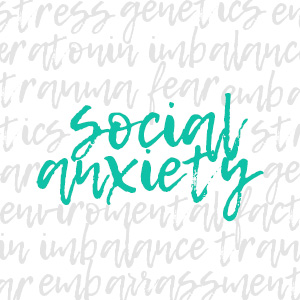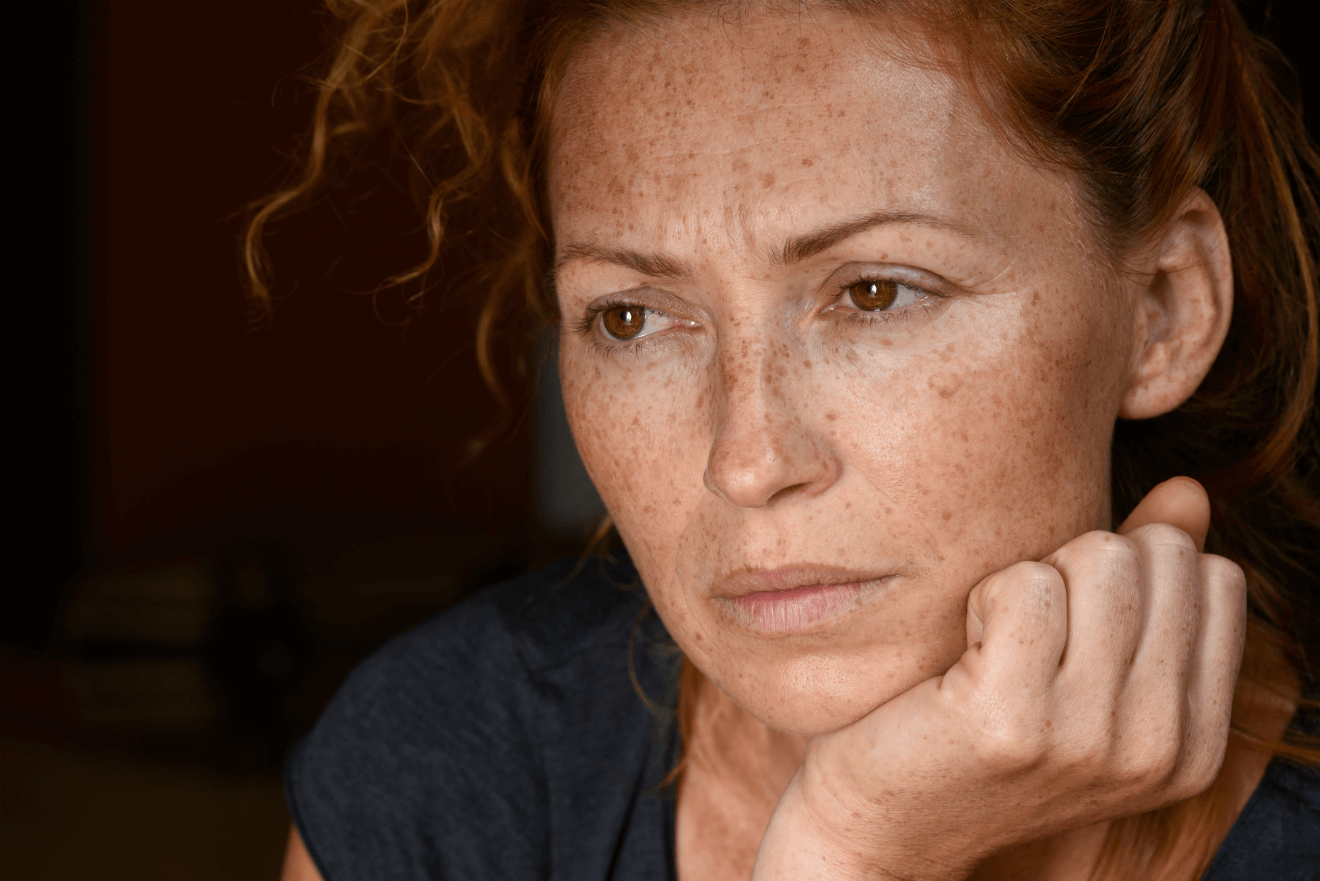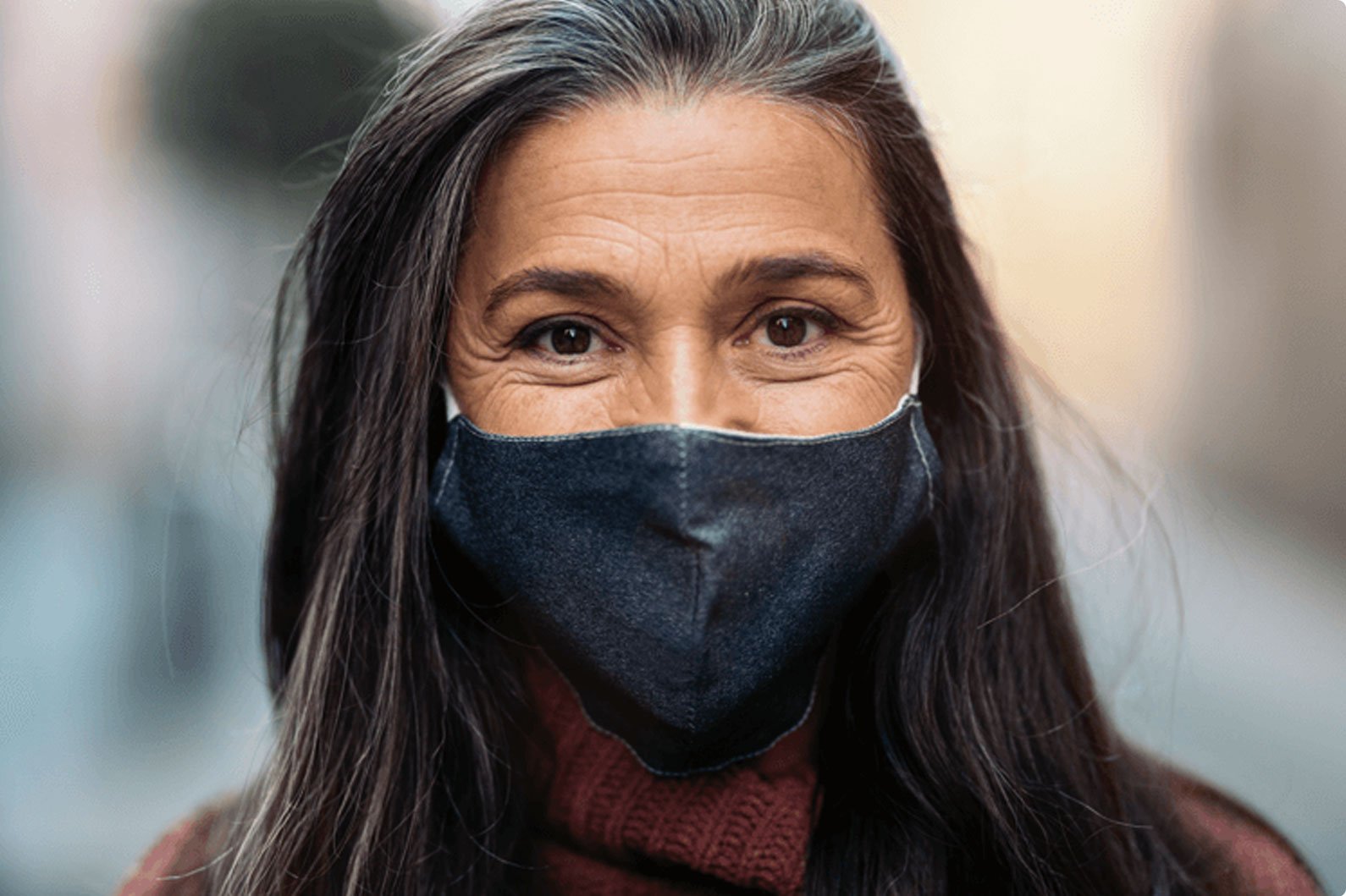Social anxiety can be both frustrating and fascinating. If you suffer with it, you might wonder, “What causes social anxiety? Why do I have to deal with this?”
Even if you don’t have it, you might be curious. Maybe someone you care about has it or you are interested in exploring the issues surrounding it.
Whatever the perspective or motivation is, learning about what causes social anxiety is worth it. Understanding the causes can help you be more empathetic toward the roughly 15 million people who deal with it. If you have social anxiety and are tired of it limiting your life or stressing you out, learning what causes it is the first step toward treating it.
There are seven broad categories of causes for social anxiety (use the links below to jump around the article):
- Past Experiences and Environments (impact of parenting style, trauma, etc.)
- Negative Beliefs and Maladaptive Behavior
- Behaviorally Inhibited Temperament and Insecure Attachment Style
- Genetics (more likely to have social anxiety if relatives have it)
- Neurology (overactivity in certain parts of the brain related to anxiety)
- The Influence of Technology (people are spending less time meeting in-person and looking at each other face-to-face)
- Physical Triggers (situations and events that tend to make people feel socially anxious or trigger symptoms of social anxiety disorder)
Each factor influences some of the others. Negative environments and experiences related to social interactions often cause people to develop negative beliefs and maladaptive behaviors. These beliefs and behaviors can cause and maintain social anxiety. The cognitive effects then change brain structure and functioning.
Genetics, temperament and attachment styles make all of this more or less likely to happen. Once people develop social anxiety, various triggers make them experience symptoms, including isolating themselves or panicking.
To explore these factors in depth, keep reading!
Past Experiences and Environments That Cause Social Anxiety
There is a wealth of research and expert testimony that show people often develop social anxiety as a result of traumatic experiences and environments fraught with anxiety. They usually develop the social anxiety during childhood or teen years.
Here are some examples of experiences and environments that tend to cause people to develop social anxiety, according to therapist Kathryn Smerling and other experts:
- Excessive social isolation, including studying alone in academic environments
- A childhood with parents or guardians who are overprotective, controlling, restrictive or anxious
- Traumatic bullying
- Emotional, physical, sexual or verbal abuse
- Parents not validating concerns or feelings about social anxiety, dismissing them as ridiculous or non-existent
- Addictions to or withdrawals from drugs
- Excessive use of technology that does not involve in-person or face-to-face interaction
- Traumatic family conflicts such as violence or divorce
- People in their environment not accepting them or discriminating against them based on part of their identity, including sexual orientation, race and religion
- Experience with mental illness
- Excessive moving during childhood
To illustrate how environments and experiences can develop social anxiety, therapist Asta Klimaite offered the example of a child whose parents forbade him from playing sports because they believed he would be horribly injured. Because they were his parents and he was too young to know any better, he accepted their attitude as reasonable. To protect himself from the dangers they described, he avoided social situations and developed social anxiety.
Caregivers can instill social anxiety in their children by negatively framing social opportunities as “dangerous” rather than positively framing them as “challenging,” according to psychologist Helen Odessky. If they don’t stress what their children can gain from social interaction, their children are likely to only perceive it as a source of anxiety.
Another thinking pattern children can learn, Odessky said, is interpreting ambiguous behavior in a way that provokes anxiety. A meaningless glance or gesture in a social setting can cause socially anxious people to ruminate on what it could mean for them.
Negative Beliefs and Maladaptive Behavior That Cause Social Anxiety
To protect themselves from various threats they perceive, people sometimes develop a system of negative beliefs and maladaptive behaviors that cause social anxiety. People with social anxiety tend to have at least a few of the following thoughts when ruminating on upcoming social events or situations, according to Klimaite, Smerling and therapist John L. Clarke, who studied psychology with the father of Cognitive Therapy, Aaron Beck:
- “I’m going to do something embarrassing.”
- “I am not going to belong.”
- “I am not likeable.”
- “People are going to hate me.”
- “I’m going to pass out.”
- “People are going to be able to tell I’m nervous.”
- “I won’t know what to say.”
- “I have nothing to offer.”
- “Nobody will want to be my friend.”
- “I am going to say something stupid.”
- “Something is wrong with me.”
Sometimes these thoughts are connected to self-esteem. When people feel like they are not worth much, it’s easy for them to believe they can’t offer anything in a social situation. It isn’t only fear of social criticism. They might not feel like they deserve the benefits of social interactions that will go well.
To negate the risk of these anxieties, people with social anxiety avoid many interactions with others. This strategy may allow them to reduce symptoms and put off confronting their social anxiety, but it comes at the cost of limiting how full their lives are. It also makes it difficult for them to handle social situations when they need to.
Mentally Beating Themselves Up Before Other People Can Do It
Dr. Friedemann Schaub, author of “The Fear and Anxiety Solution,” offered a client’s story that demonstrates the interplay between the experiences, beliefs and behaviors that cause and maintain social anxiety. When he was growing up, Schaub’s client had a father who routinely beat him when he arrived home. To prepare himself for the beatings, he formed the habit of imagining their gruesome details before they happened.
By mentally beating himself up beforehand, he felt like he had more control over the situation. He was administering part of the pain himself rather than allowing his father complete control.
This habit caused him to develop social anxiety disorder and become afraid of leaving his house. It was difficult for him to see social interactions as anything other than opportunities for people to hurt him.
Many people with social anxiety develop a similar mindset. By mentally attacking and pushing themselves down, they reach a point where they can’t feel any lower. They often believe this prevents people in social situations from pushing them further down. It’s an effective way of feeling in control, but it causes pain and stunts their social lives.
Behaviorally Inhibited Temperament and Insecure Attachment Styles: Factors in Developing Social Anxiety
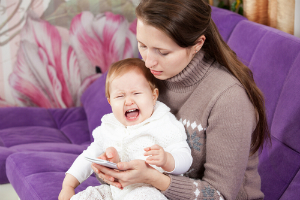
Many people are born with a behaviorally inhibited temperament: the tendency to experience distress and to withdraw from unfamiliar situations, people or environments. People express this temperament as early as infancy. It is a factor in the development of social anxiety and social anxiety disorder, according to this longitudinal study published in the Journal of Child and Family Studies.
Similar to behaviorally inhibited temperament is the issue of insecure attachment styles in children. There are two types of insecure attachment styles:
- Anxious-Ambivalent Insecure Attachment: being anxious of exploration and interactions with strangers even when the primary caregiver (usually the mother) is present
- Anxious-Avoidant Insecure Attachment: not exploring much regardless of whether the caregiver is there, showing indifference and little emotional range toward the caregiver and strangers
Children with less secure attachments are more likely to develop social anxiety, according to a study from Kent State University.
“The child behaviorally learns to withdraw from unfamiliar or stressful situations and people,” said psychiatrist George Hadeed. “The extinction of the fear by virtue of avoidance reinforces avoidant behavior later in life and is viewed as a protective response.”
Note: Research suggests temperament and attachment are both environmental and genetic. That is why we made a separate section for them rather than including them in the environment or genetics section.
Genetics as a Factor in Causing Social Anxiety
Scientists have not discovered a gene for social anxiety. Nonetheless, there is an element of heritability. If your parents have social anxiety, you are more likely to have it. This is true regardless of environment.
Neurological Factors in Having Social Anxiety
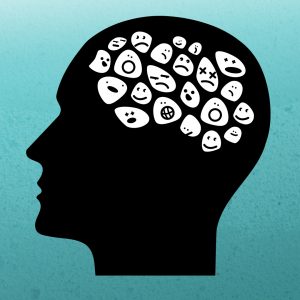
People with social anxiety or social anxiety disorder tend to have hyperactivity in parts of their brain and imbalances of certain neurotransmitters. Here are some examples:
- Hyperactivity in the amygdala and other limbic regions of the brain that process anxiety
- Elevations in automatic emotional processing
- hyperactivity in the right prefrontal cortex (another area that processes social behavior)
- A deficiency in the following neurotransmitters: serotonin, dopamine, oxytocin and glutamate
Technological Factors That Contribute to Social Anxiety
We live in an age where we don’t need to spend much time interacting in-person. Texting, social media and a library of apps allow us to communicate without physically meeting. There is an increasing amount of shows, video games and online content we can consume instead of interacting with each other.
“In my research and in my experience as a psychotherapist who counsels countless people, I believe the [shared] environmental factor is that people are spending the majority of their waking hours staring at a screen instead of staring at each other,” said Tom Kersting, therapist and author of “Disconnected: How to Reconnect Our Digitally Distracted Kids.”
There is clinical evidence for a relationship between online communications and social anxiety. The more young adults use online communication and texting in place of in-person interaction, the more likely they are to fear negative evaluation and have social anxiety, according to a study from Islamic Azad University. A similar study from the University of California demonstrated that adolescents are often comfortable with texting and online communication but anxious regarding in-person social interaction.
Physical Triggers That Cause Social Anxiety Symptoms
When people have social anxiety or social anxiety disorder, there are physical events and triggers that spur anxious thoughts or physiological symptoms, including shortness of breath. Here are some examples of those events and triggers:
- Leaving home
- Interacting with others, especially new people or people in an unfamiliar setting such as a party
- Large crowds
- Situations where people might evaluate you, including job interviews, public speaking, dating, etc.
- Moving
- Catching a judgmental or disapproving look from someone
What Causes Social Anxiety vs. Social Anxiety Disorder?
The causes of social anxiety and social anxiety disorder are the same. The difference is social anxiety disorder is more severe, so the causes are usually more intense or multi-layered.
Imagine someone who grew up in a mentally healthy environment and has a secure temperament. She inherited some social anxiety from her mother, but she didn’t have any traumatic experiences that exacerbated it. Someone like this will most likely not develop social anxiety disorder.
Now think about someone who had an insecure attachment as a child and suffered abuse and bullying during teen years. On top of that his parents have social anxiety and raise him in a way that encourages socially anxious behavior. He is much more likely to have social anxiety disorder, not only social anxiety.
Social anxiety disorder causes a lot of distress and can stop people from living a normal life. On the other hand, social anxiety is easier to manage. Everyone experiences at least a little bit of social anxiety as they meet new people and make changes in their lives.
What Causes Social Anxiety in Adults vs. Children?
The causes of social anxiety in adults and children are the same. Experiences and environments are more likely to be a factor in adults developing social anxiety because they have had more time to experience trauma and socially anxious environments. For children, genetics and temperament can be more significant factors.
Figuring Out the Causes is the First Step to Finding the Right Treatment
Knowing the causes of social anxiety or social anxiety disorder can help you or someone you care about find a treatment to reduce stress and symptoms. If the causes seem to be purely neurological, for example, psychiatry might be the best approach. But if the issues seem to stem from experiences, environments, beliefs or behaviors, talk therapy is the best long-term solution. If you suspect that you may be experiencing social anxiety disorder, taking our clinically-backed social anxiety screening test can help to provide some clarity. Online therapy can be a great option for those experiencing social anxiety as it removes any potential physical triggers that may be preventing an individual from seeking in-person treatment. 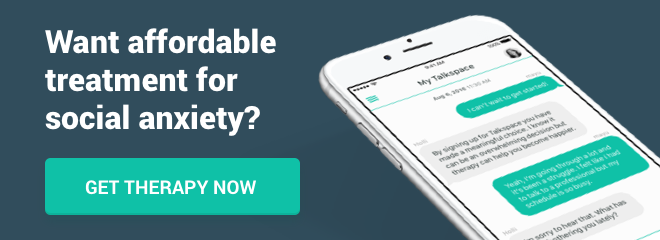
Talkspace articles are written by experienced mental health-wellness contributors; they are grounded in scientific research and evidence-based practices. Articles are extensively reviewed by our team of clinical experts (therapists and psychiatrists of various specialties) to ensure content is accurate and on par with current industry standards.
Our goal at Talkspace is to provide the most up-to-date, valuable, and objective information on mental health-related topics in order to help readers make informed decisions.
Articles contain trusted third-party sources that are either directly linked to in the text or listed at the bottom to take readers directly to the source.

